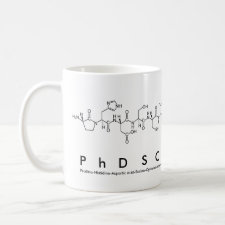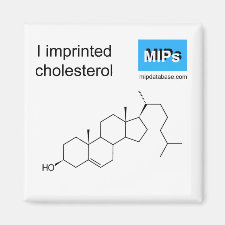
Authors: Xu ZF, Deng PH, Li JH, Xu L, Tang SP, Zhang FX
Article Title: Construction of imprint sites in mesopores of SBA-15 via thiol-ene click reaction.
Publication date: 2016
Journal: Journal of Materials Science
Volume: 51
Issue: (13)
Page numbers: 6295-6308.
DOI: 10.1007/s10853-016-9926-3
Abstract: This paper reports a new strategy for preparation of 2D molecularly imprinted materials (MIM) through the exploitation of thiol-ene click chemistry. 2D MIM for cholesterol was prepared using cholesterol as the template, acrolyl-modified β-cyclodextrin (acrolyl-β-CD) as the functional monomer, and thiol-modified SBA-15 (thiol-SBA-15) as the supporter. In this method, acrolyl-β-CD molecules were assembled around the templates by formation of template-monomer inclusion compounds. Then the acrolyl-β-CD molecules were anchored to the walls of the mesopores of SBA-15 via the thiol-ene click chemistry. After removal of the template molecules, the resulting recognition sites were formed in the mesopores of SBA-15. TEM, XRD, and N2 adsorption-desorption analysis results demonstrated that the synthesized MIM had a highly ordered mesoporous structure. Results from FT-IR revealed that acrolyl-β-CDs have been successfully conjugated to SBA-15. The density of β-CDs attached on the MIM is determined by EA and TGA. The equilibrium binding amounts of MIM and non-imprinted materials (NIM) for cholesterol are 53.50 and 25.24 μmol/g, respectively. The 2D MIM exhibited binding affinity and specificity for a group of analytes which have similar size and shape to those of template. The application of the prepared materials as stationary phases in thin layer chromatography was investigated preliminarily. The imprinted materials had higher retention ability for the template than the NIM. The retention factors (Rf) of cholesterol on MIM and NIM are 0.62 and 0.81, respectively. The solid phase extraction of cholesterol using MIM as the adsorbent was further investigated. The recoveries of the molecularly imprinted solid phase extraction column for cholesterol were 77.1-94.7 % with relative standard deviations (RSD) of 2.25-6.78 %
Template and target information: cholesterol



Join the Society for Molecular Imprinting

New items RSS feed
Sign-up for e-mail updates:
Choose between receiving an occasional newsletter or more frequent e-mail alerts.
Click here to go to the sign-up page.
Is your name elemental or peptidic? Enter your name and find out by clicking either of the buttons below!
Other products you may like:
 MIPdatabase
MIPdatabase









